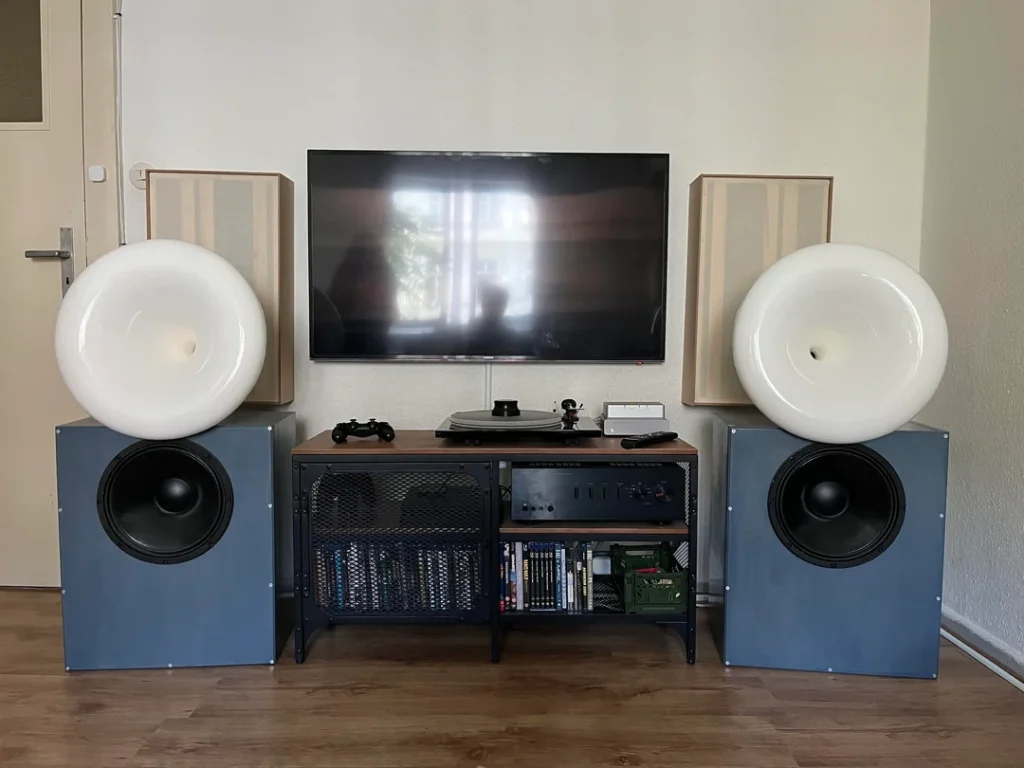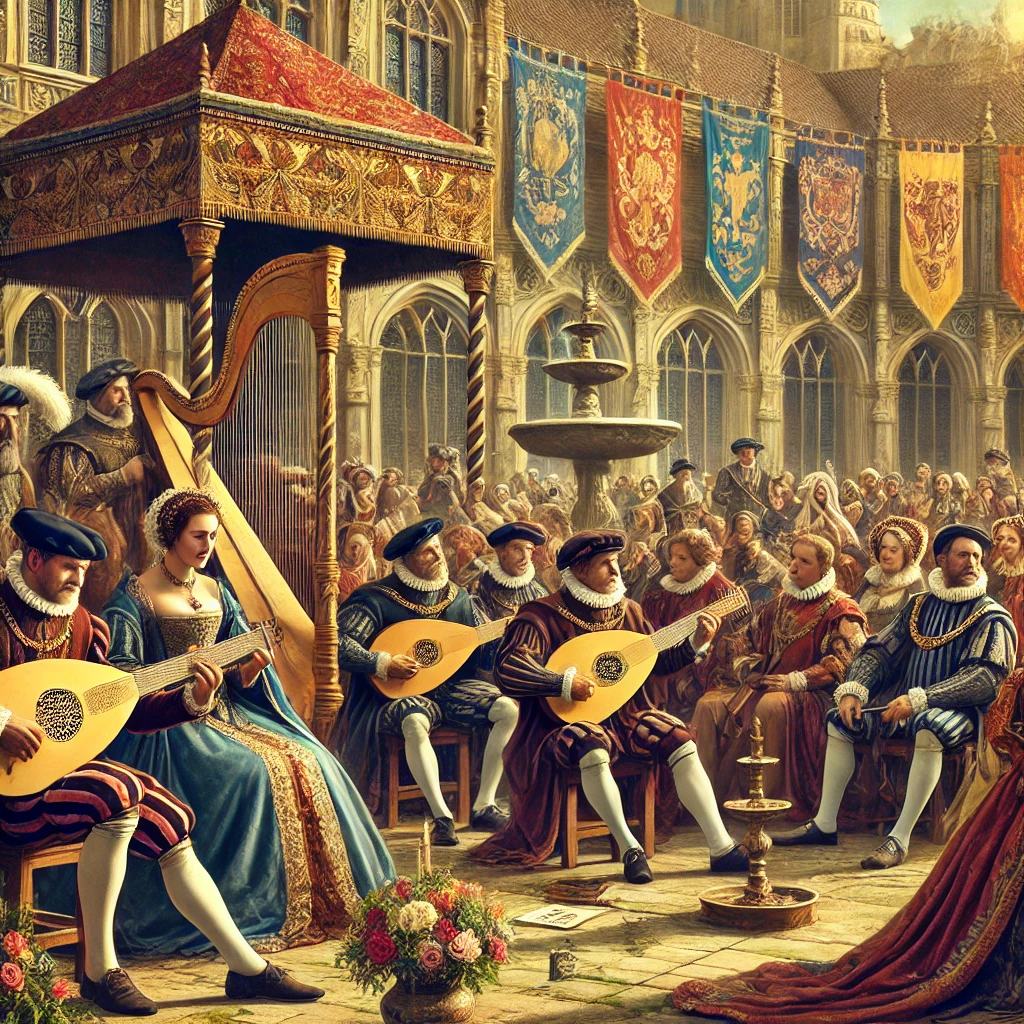Music festivals have always been about more than just the music. They’re a cultural phenomenon, bringing people together to experience live performances, community, and in more recent years, cutting-edge technology. Over the decades, the way we experience these festivals has been completely transformed, thanks to the rapid advancements in tech. Let’s take a look at how we went from crackly PA systems to immersive 360-degree light shows that can only be described as otherworldly.
Early Days: Basic Sound Systems and DIY Stage Setups
When we talk about early music festivals, we’re thinking of events like Woodstock in 1969. The sound systems back then were, let’s face it, rudimentary at best. Basic speaker setups and amplifiers were used to broadcast the music to massive crowds, and the equipment was often cobbled together in a true DIY fashion. Audio quality? Not exactly crystal clear. But hey, the spirit of the event carried the day.
The focus was on the raw power of live music, with little concern for perfect acoustics. Festivals were all about the experience—rain-soaked grounds, massive crowds, and that collective feeling of euphoria, even if the sound occasionally cut out.

The 1980s and 1990s: The Birth of Professional Audio Systems
As festivals grew in size and popularity, so did the need for better sound quality. The 1980s saw the introduction of high-fidelity PA systems that could reach tens of thousands of people. Companies like JBL and Meyer Sound began developing professional-grade audio systems capable of delivering concert-level sound to festival grounds that stretched across acres.
The 90s brought digital advancements, making it easier to control and adjust sound for different venues and audience sizes. For the first time, festival-goers could enjoy music in large, open-air spaces without the constant distortion and volume drops that plagued earlier events.


2000s: The Rise of Visual Spectacles
Fast-forward to the 2000s, and technology was no longer just about sound. Visuals became a massive part of the festival experience, with the introduction of LED screens, synchronized light shows, and video projections. Suddenly, festivals like Coachella and Electric Daisy Carnival weren’t just about hearing your favorite bands—they were about seeing them in a whole new way.
These massive LED screens allowed festival-goers to catch every angle of the performance, no matter how far back they were. Video artists began to sync elaborate visuals with the music, turning stages into digital canvases that pulsed along with the beat. The integration of video and music created a new dimension to live performances that went beyond anything seen before.


Present Day: Immersive Tech and Augmented Reality
Today, festivals are an overwhelming feast for the senses, combining sound, light, and immersive tech. Audio technology has reached new heights with 360-degree sound systems, making it possible for festival-goers to experience music from all directions. Gone are the days when your experience depended on your position in the crowd—now, it’s a full-body, spatial audio experience.
Beyond sound, visual effects have become even more intricate. With the use of augmented reality (AR) and virtual reality (VR), festivals are blending the physical and digital worlds. AR apps allow attendees to interact with festival stages or artwork via their phones, while VR technology offers virtual access to festivals, allowing fans to “attend” from the comfort of their own homes. It’s not just about watching a concert anymore—it’s about being fully immersed in it.
The Future: AI, Holograms, and Sustainability
As we look to the future, it’s clear that AI-driven technology will play a big role in shaping the next generation of festivals. AI-powered sound systems are already being tested, which can adjust audio settings in real-time based on crowd size, weather conditions, and even the specific preferences of the audience.
We’re also seeing advancements in hologram performances, where artists (living or deceased) can perform virtually alongside live musicians. This technology is still in its early stages, but it promises to revolutionize how we think about live music.
And let’s not forget sustainability. As festivals go increasingly high-tech, there’s also a push for greener solutions. Innovations like solar-powered stages, biodegradable wristbands, and digital tickets are becoming commonplace as organizers strive to reduce the environmental impact of these massive events.
Conclusion: From makeshift sound systems to fully immersive virtual experiences, the technological evolution of music festivals has transformed how we connect with music. As we push into new realms of innovation, one thing remains clear—technology will continue to elevate the festival experience, making it more immersive, interactive, and unforgettable.
Sources:



